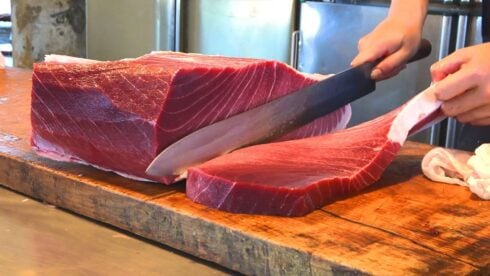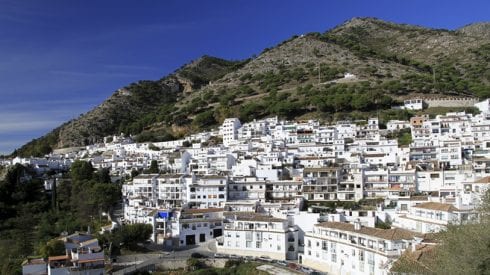SPAIN exported the most red wine in the world last year – beating Italy and France by millions of hectolitres.
The country sold 22.8 million hectolitres, ahead of Italy with 21 million hectolitres and France with 15 million hectolitres.
The only downside, however, is that collectively it came in much cheaper than its two main rivals, making just €2.85 billion in revenue, compared to Italy’s €6 billion and France’s €9 billion.
The profits gap comes because Spain sells its wine very cheaply at €1.25 per litre, compared to France’s €6 per litre and Italy’s €2.78.
In fact, Spain sells its wine off the cheapest of almost any country, with only South African wines sold at a lower price (€1.23 per litre).
Australian wine sells for €3.1 per litre and Chile at €1.89 per litre.
Click here to read more News from The Olive Press.









A lot of this cheap wine from Spain is blended with quality wines from France and Italy and then sold as French and Italian quality ‘Cuvée’ wines in European supermarkets or sent to China. This practice is legal inside the EU.
From this practice benefit only some big French and Italien distributors. The normal and honest French and Italian wine grower becomes upset of those practices and from time to time attacks Spanish trucks and let the Spanish wine run onto the street.
The EU distributes agricultural subsidies of 65 billion Euros per year to its member states. Therof Poland and Spain get the largest share. But not the 900.000 small Spanish wine growers benefit most from the EU money for Spain. Within 8 years between 2008 and 2016 a small wine grower only got 44,000 Euros, while the 60 most rich families of Spain got 250 Million Euros. Among those are the Andalucian Mora Figuera Family, which owns 800 Million Euros and got another 60 million from the EU as well as the Domeq Family from Jerez, which owns 400 Million and got 37 million Euros. Miguel Arias Cañete, the current EU commissioner for power and environment and former Spanish minister of agriculture (PP) is also a member of the Domeq Clan and got 1.8 Million Euros.
The EU particularly promotes water management by subsidies. Therefor many winery sites in Spain use extra water while this water would not be necessary to grow their grapes. This water is missing elsewhere.